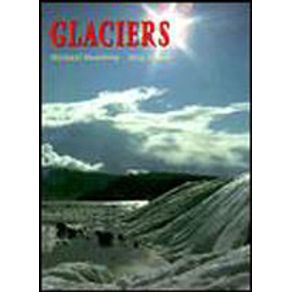Glaciers are among the most beautiful natural wonders of the world but for most of us the least known and least understood. Even today these masses of flowing ice cover as much as one tenth of the earth's land surface. But where exactly do glaciers exist, and why? How do they move? How have they created some of our finest and most dramatic upland landscapes? And how can their power be harnessed? Adopting a worldwide perspective, Michael Hambrey and Jurg Alean provide clear answers to all these questions. Over eighty of the authors' full colour photographs form the core of the book, transporting us from the Alps, the Himalayas, Scandinavia and Iceland to Antarctica, the Andes, the Rocky Mountains, and Alaska - even, most improbably to New York's Central Park. Clear captions provide background information on each picture, while a lively running text examines such major themes as climate, environmental change, natural history and the lasting impact of glaciers on the natural landscape. The birth of icebergs is explained and glacial catastrophes like avalanches, lake bursts and the eruption of glacier-covered volcanoes, are vividly described. On a geologic time-scale we live today in an interglacial period - only 10,000 years old - within a long-running glacial era. In a few thousand years glaciers may once again extend across the greater part of northern Europe and North America, bulldozing cities, reducing growing seasons, destroying farmland, and making today's complex way oflife impossible. Glaciers thus gives us a startling glimpse of the future as much as a fascinating view of the past.


